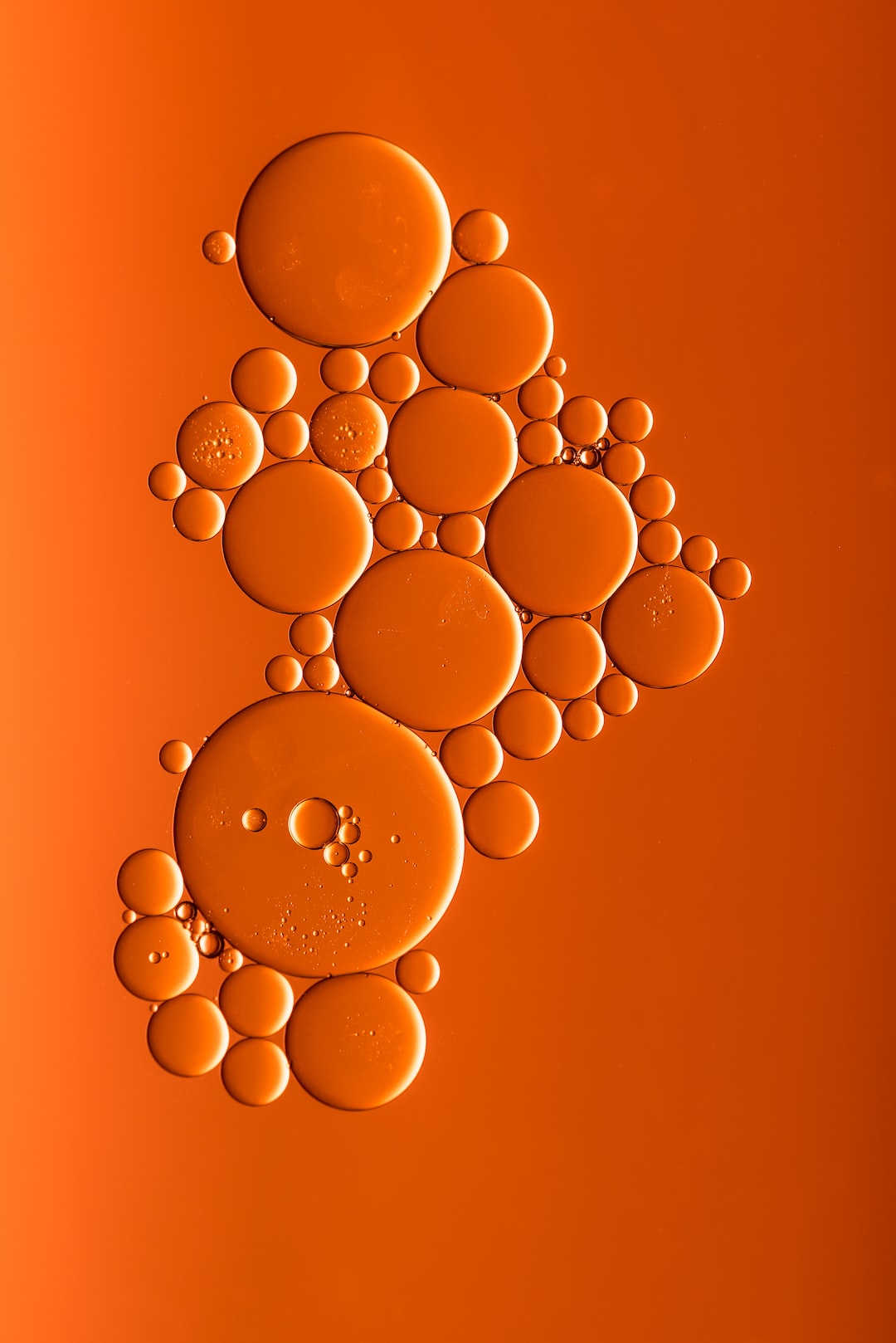Designing for Emotional Impact: Utilizing Psychology in Visual Communication
In the realm of visual communication, designers have a multitude of tools at their disposal to convey messages effectively. From colors and typography to imagery and layout, every design element plays a vital role in shaping the audience’s emotional response. Understanding the psychology behind visual perception and its influence on emotions is crucial for creating impactful designs. In this blog post, we will explore the concept of designing for emotional impact and how it utilizes psychology in visual communication.
Humans are emotional beings, and our responses to visual cues are deeply ingrained in our psychology. Colors, for instance, have a profound impact on our emotions. Warm hues like red and orange can evoke passion, excitement, and energy, while cool tones like blue and green create a more calming and serene atmosphere. By choosing the right color palette, designers can effectively tap into the desired emotional response of their target audience. For example, a spa or wellness brand might use soothing pastel colors to create a sense of relaxation and tranquility.
Typography is another powerful tool that can evoke emotions. Different typefaces carry distinct personalities and can set the tone for the entire design. Bold and angular fonts convey strength and masculinity, while elegant and curvaceous letterforms exude femininity and grace. By strategically selecting typefaces that align with the intended emotional message, designers can establish a better connection with the audience. Matching the typography with the overall theme of the design helps create a cohesive and harmonious visual experience.
The use of imagery and visuals also contributes significantly to the emotional impact of a design. Our brains are wired to process visual information faster than textual information, making images the perfect catalyst for emotional responses. High-quality and relatable imagery can evoke empathy, nostalgia, joy, or even sadness. For instance, a travel agency might use stunning photographs of scenic destinations to trigger a sense of wanderlust and adventure in the viewers’ minds.
Layout and composition are equally essential elements in designing for emotional impact. The placement of design elements, the use of negative space, and the overall flow of the design can significantly influence the emotional response of the audience. A cluttered and chaotic layout may induce feelings of confusion or overwhelm, while a well-organized and balanced composition instills a sense of harmony and clarity. By carefully arranging visual elements, designers can guide the viewer’s gaze and control the narrative of the design, ultimately leading to a more immersive and emotionally engaging experience.
The psychology behind visual communication also delves into subtler nuances such as symbolism and storytelling. Symbolism, in particular, allows designers to convey complex concepts and emotions through visual metaphors. For example, a broken chain can symbolize freedom or liberation, while a puzzle piece can denote unity or collaboration. By incorporating symbolic elements in their designs, designers can create visual cues that trigger emotional responses and enhanced understanding.
Storytelling through visual communication is another powerful technique to evoke emotions. Humans are naturally drawn to narratives, and telling a story through a visual sequence can captivate and engage the audience emotionally. By utilizing sequential design elements such as illustrations or infographics, designers can create a cohesive visual narrative that stimulates emotional connections and resonates with the viewer.
In conclusion, designing for emotional impact requires a deep understanding of the psychology behind visual communication. Colors, typography, imagery, layout, symbolism, and storytelling all play significant roles in shaping audience emotions. By strategically utilizing these elements, designers can create immersive and visually stimulating experiences that evoke the desired emotional responses. Effective emotional design is not only visually appealing but also enables effective communication and connection with the intended audience. In the fast-paced world of information overload, designing for emotional impact is key to creating a lasting impression and gaining a competitive edge.

